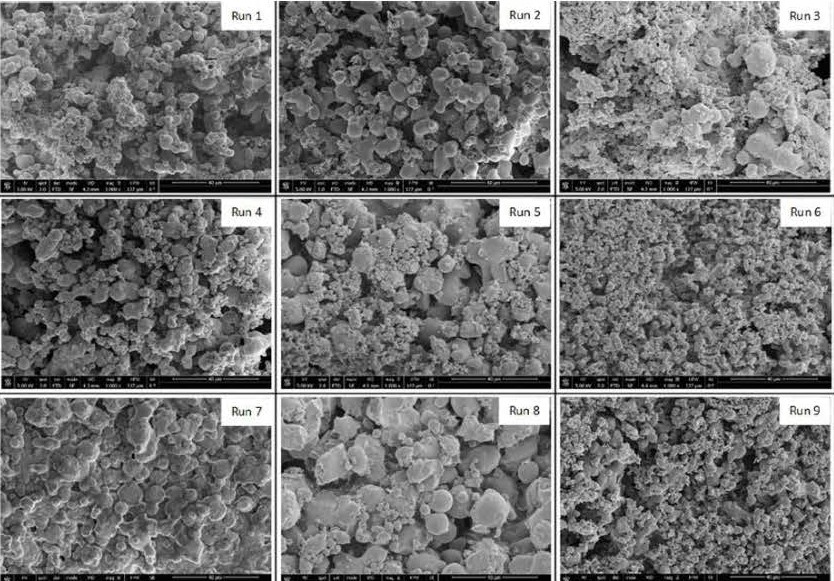Ana Paula da Fonseca Machado, Antonio Montes, Diego Valor, María Teresa Fernandez-Ponce, Gerardo Fernandez Barbero, Mario Roberto Marostica Júnior, Clara Pereyra, Enrique Martínez de la Ossa
In this work, the co-precipitation of ethanol extract from grape residue with a biodegradable and biocompatible polymer, polyvinylpyrrolidone, was studied using sub- and supercritical carbon dioxide (CO2) technology, namely in the present work by pressurized anti-solvent (PAS). A full design was used to evaluate the effect of pressure (90, 130 and 170 bar) and temperature (20, 32 and 45 ºC) on the PAS process and the characteristics of the particles formed by it. The particles obtained from the best PAS conditions were submitted to in vitro release studies. Higher pressures and temperatures (CO2 in supercritical state) significantly resulted in operational conditions with better global precipitation yields and in the production of particles with a lower average diameter and residual ethanol content. The particles had a quasi-spherical shape connected to each other with sizes ranging from 1.3 to 4.1 μm. The interaction of low temperature with high pressure (CO2 in subcritical state)
led to the production of dry powders more concentrated in anthocyanins and total phenolic compounds, and in processes with higher co-precipitation yields of these bioactives. From the in vitro release tests, it was observed that the microparticles released more slowly anthocyanins in simulated gastrointestinal fluids than the precipitated extract without polymer. In the end, it can be concluded that the PAS technique is a very promising process for co-precipitating and concentrating sensitive polar compounds present in crude plant extracts, and produce bioactive microparticles with interesting physicochemical characteristics. Furthermore, it leads to the production bioactive delivery systems with better dissolution rates in simulated gastrointestinal fluids, thus showing potential to be applied in areas that work in favor of health and human well-being.
https://doi.org/10.1016/j.jcou.2022.102010


